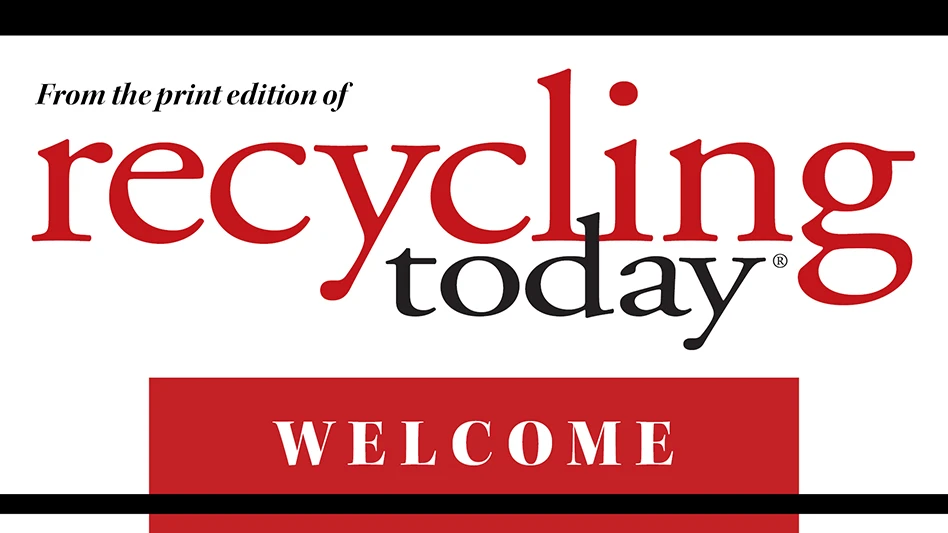
Recycling Today launched its Battery and Critical Metals Recycling Conference this June in Atlanta after our publisher, Jim Keefe, realized the many issues and questions recyclers face regarding rechargeable batteries, particularly lithium-ion batteries (LIBs), and the need for dialogue along the value chain.
Based on conversations with those in attendance, we know they appreciated the opportunity to make those connections. Thank you to all those who put their faith in us and took a chance by attending our inaugural event. We think it will be the first of many future opportunities to make connections along the value chain.
Among the speakers at this year’s event was Sarah Colbourn of Benchmark Mineral Intelligence, London, who illustrated the growing demand for LIBs and their materials.
Typically, much of LIB demand was for portable devices, Colbourn said, with demand for transport batteries, such as e-scooters, and stationary storage growing in the early 2020s. But, projected LIB demand through 2035 dwarfs previous growth, largely given the expected growth in electric vehicles.
China has been the forefront of the LIB supply chain in terms of supply and demand, but Europe and the U.S. are looking to bolster their own supply chains, with market balances showing looming supply deficits across key cathode battery materials, including lithium, cobalt and nickel. Colbourn said more than 300 new mines would be needed to meet battery demand by 2035.
Mining will not be the only investment needed, however. Investments also must occur in chemical extraction, cathode/anode production, cell manufacturing, applications and recycling, with Colbourn noting the latter can help address some supply deficits in the market.
“The opportunities and challenges related to LIB recycling require cross-supply chain collaboration, which is what we will continue to facilitate through the Battery and Critical Metals Recycling Conference.”
“Recycling is fundamental to moving to a circular economy,” she said. However, mining is needed initially to facilitate the move to net zero emissions.
While process scrap currently is driving feedstock for recycling, by the 2030s, end-of-life (EOL) batteries will increase substantially, Colbourn said. The compound annual growth rate for EOL battery scrap globally is more than 30 percent from 2023 to 2040.
China represents most of the current operating recycling capacity and feedstock supply, with process scrap being more limited in the U.S. and Europe. However, EOL batteries will be more widely distributed in the longer term.
Sponsored Content
Labor that Works
With 25 years of experience, Leadpoint delivers cost-effective workforce solutions tailored to your needs. We handle the recruiting, hiring, training, and onboarding to deliver stable, productive, and safety-focused teams. Our commitment to safety and quality ensures peace of mind with a reliable workforce that helps you achieve your goals.
Colbourn closed by saying the opportunities and challenges related to LIB recycling require cross-supply chain collaboration, which is what we will continue to facilitate through the Battery and Critical Metals Recycling Conference.
Get curated news on YOUR industry.
Enter your email to receive our newsletters.

Explore the July 2023 Issue
Check out more from this issue and find your next story to read.
Latest from Recycling Today
- LumiCup offers single-use plastic alternative
- European project yields recycled-content ABS
- ICM to host colocated events in Shanghai
- Astera runs into NIMBY concerns in Colorado
- ReMA opposes European efforts seeking export restrictions for recyclables
- Fresh Perspective: Raj Bagaria
- Saica announces plans for second US site
- Update: Novelis produces first aluminum coil made fully from recycled end-of-life automotive scrap








